War’s Public Health Impacts Are Vast. Tallying Them Is Difficult.
In 2001, Nathalie Williams moved from her hometown of Corvallis, Oregon, to Phnom Penh, Cambodia, and found work with the United Nations Population Fund, an agency focused on sexual and reproductive health. From the start, she recalls, odd things caught her attention: When a motorcycle tire burst on the street, everyone froze, suspecting gunfire. The otherwise bustling capital city seemed to shut down before dark. Williams came home past 8 p.m. one night and couldn’t find a restaurant open for dinner. Over the years, she learned to recognize these moments as scars of the Khmer Rouge-led violence and genocide that had overrun the country less than three decades earlier, between 1975 and 1979. “The war was not gone — ever,” said Williams, now a sociologist at the University of Washington.
The experience spurred Williams’ enduring curiosity and subsequent research on how armed conflict shapes people’s lives. Williams isn’t alone in her interest: Other researchers are investigating conflict’s impacts on migration and health. But connecting the dots between armed conflict and health is not straightforward. Although researchers are finding ways to measure the societal impact of war using new kinds of data such as satellite imagery, the health impacts on civilians caught in the fray remain difficult to fully gauge, especially in resource-poor regions of the world. “Even bringing up that war can affect people’s health is a big jump from what people usually think of,” Williams wrote in an email to Undark.
Yet research suggests war casts a long shadow on public health: In addition to deaths caused directly by violence, conflict-related damage to infrastructure like hospitals and roads can drive up rates of infectious disease and malnutrition and diminish access to preventive care such as vaccinations. Refugees and survivors often suffer malnutrition and stress that can inflict higher rates of chronic diseases later in life. And the social and emotional toll caused by the loss of family members and caregivers can continue to impact people’s health generations after a conflict ends.
“Even bringing up that war can affect people’s health is a big jump from what people usually think of.”
Now, researchers are developing creative techniques to gauge the extents of these harms — an endeavor that Abraham Flaxman, a global health researcher at the University of Washington, says is essential to inform short-term relief efforts as well as long-term policies.
Estimates of deaths and injuries are crucial, Flaxman said, for making sure “that we know what a problem this is to health and what a difference it could make if we were to focus on what you might call these political determinants of health.”
To capture the full extent of war-inflicted mortality — deaths caused by direct combat and bombing, as well as those that occur because of a lack of medical services, safe passages to hospitals, or other infrastructure — researchers glean numbers from a few key sources. Under normal conditions, administrative data such as censuses, large household surveys conducted by governments, and other record-keeping systems offer reliable estimates of life, death, and disease, but these systems often break down during a war, Flaxman explained. To fill the gap, scientists lean on official government reports, eyewitness accounts and press reports. Recently, researchers have also turned to social media and other non-traditional sources such as satellite and mobile phone data to understand the on-the-ground realities of conflict zones.
While each set of numbers can shed some light on what’s happening on the ground, Flaxman said, researchers must be aware of where they fall short. “They all have their downsides,” he said.
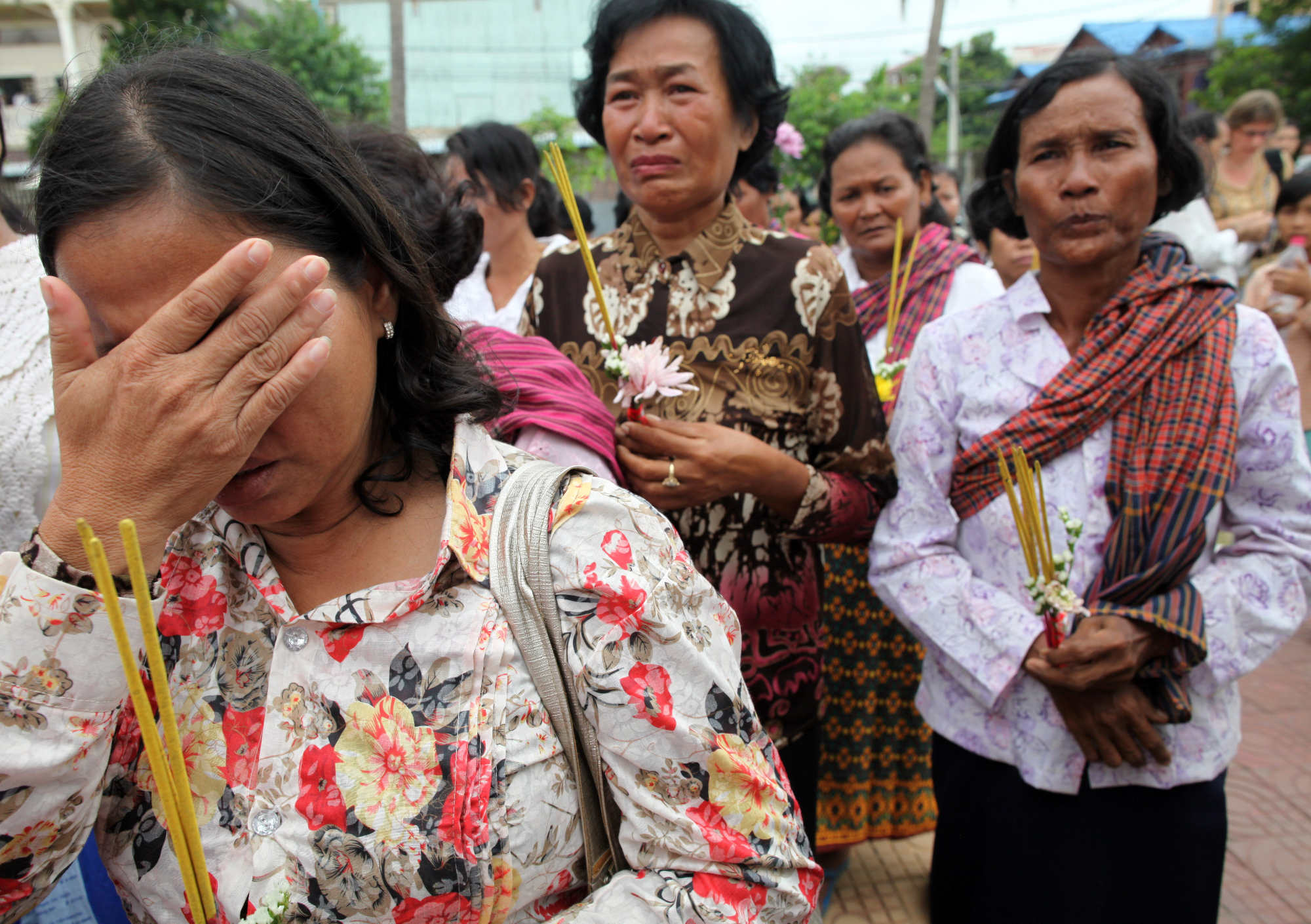
Cellphone data, for instance, provides a limited window into the lives of children, the elderly, and others in a population who might not carry phones. Research into recall bias suggests surveys and eyewitness accounts may suffer from gaps in people’s memories, and Flaxman explained that news coverage and social media reports can be colored by bias. And political motives, he said, can lead to “any numbers being questioned.”
Flaxman highlighted, for example, an article from early 2024 that assessed such political questions. In October 2023, U.S. president Joe Biden stated that he had “no confidence” in the Gaza Ministry of Health’s estimate that more than 6,000 Palestinians were killed during the early weeks of the Israeli bombardment that followed Hamas’ Oct. 7 attack on Israeli civilians and soldiers. However, when researchers from Johns Hopkins University vetted death statistics from the Ministry of Health and compared them to staff deaths reported by the United Nations Relief and Works Agency for Palestine Refugees in the Near East, they noticed similar death rates among Gazans and relief workers. The data suggested that, if anything, the Ministry of Health may have underestimated actual death tolls as hospital services and mortality reporting systems lurched toward a November collapse. The study’s “careful comparisons could help us understand what was happening in a complex situation,” Flaxman said.
Scientific consensus on such numbers is critical, Flaxman said, since health research in conflict zones is often deeply politicized by policymakers. “We’re allowed to have our own opinions,” he said, “but we can’t have our own facts.”
Conflict-related damage to infrastructure like hospitals and roads can drive up rates of infectious disease and malnutrition and diminish access to preventive care.
While mortality numbers garner political attention, other metrics of conflict are also critical to people’s health and may be even tougher to gauge. One such measure is migration — a phenomenon that Williams says is poorly understood in the context of armed conflict. Refugees and asylum-seekers who move to different countries often suffer from inconsistent access to health care; difficulty finding jobs, education, and safe housing; and other social challenges. Yet, official numbers rarely capture the extent of this displacement, Williams said. For instance, people who move when danger from a conflict is imminent but don’t officially register as refugees often go uncounted, though they may face similar problems as documented refugees. The data also fails to accurately represent people who leave their home but, whether by duress or by choice, remain within their countries, she said.
During times of war, “there’s this assumption that conflict is this horrible thing, and everybody must just leave,” Williams said. “That’s not actually what happens at all.”
Some people who relocate to nearby areas may be counted as internally displaced persons, or IDPs, if they register with authorities, Williams explained. But many others are never accounted for in this way, she said. “Someone’s apartment gets bombed. They can’t live there anymore, so they move in with their sister in the next city over. Nobody can really decide if that counts as an IDP or not,” Williams said. “There are millions more people who are in different situations and aren’t registered and never counted. So, the numbers, the numbers are dismal.”
Wanting to capture these transient movements, Xiao Hui Tai, a statistician at the University of California, Davis, and her former colleagues from the University of California, Berkeley turned to anonymized cellphone data from Afghanistan that revealed people’s movements between their home districts and nearby regions. They analyzed the location data together with media reports that provided data on violence to track how conflict internally displaced people or triggered migration. In a 2022 study, they reported that people were more likely to leave their home districts after a fatally violent clash than they would in the absence of violence. The odds of their departure peaked 10 days after a violent event, though it remained higher than normal even three months later. They also found that many people left a region pre-emptively, often about five days before reports of deadly violence appeared in media coverage.
The severity of violence and the location of clashes all determined the odds of people moving away. The source of conflict seemed to play a surprising part too: Migration rates following Taliban-incited clashes were lower than rates after violence perpetrated by the Islamic State. “That’s not necessarily something that we anticipated,” Tai said, adding that it may have been in part because “there’s actually many factions within Afghanistan that think of the Taliban as a legitimate governing force, and so I think fewer people think of the Islamic State in that way.”
While mortality numbers garner political attention, other metrics of conflict are also critical to people’s health and may be even tougher to gauge.
Tai’s study reflects only the movements of people with cellphones, and therefore likely underrepresents children, the elderly, and other vulnerable groups. Still, capturing this type of information could influence “efforts to contain the cost of violence,” Tai suggested, by drawing policymakers’ attention to the consequences of violence and specific groups of people who could benefit from assistance.
While remote data can reveal elusive aspects of life during conflict, personal interviews and surveys can elucidate long-term — even transgenerational — impacts of war. In a study of more than 2,000 people who survived the Vietnam War (often called the American War in Vietnam), researchers found that people who were preteens at the time of the conflict have significantly greater risk of PTSD and physical health issues than those who were older at the time, suggesting heightened risks of early childhood exposure to war.
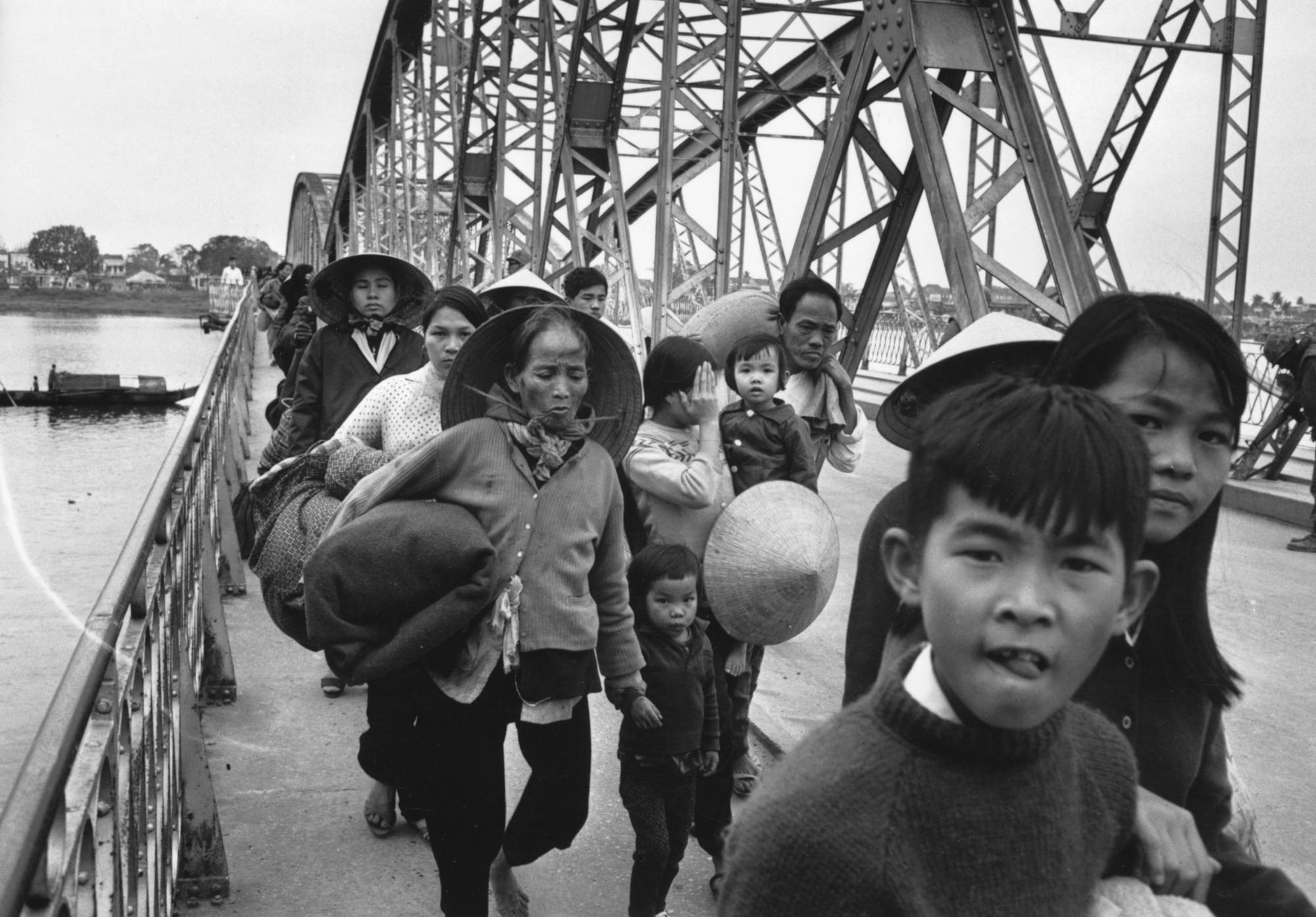
Another often-neglected fallout of war is the burden of bereavement. Williams’ research suggests the death of a child, a child’s loss of their parents, or an elderly person’s loss of caregivers can all profoundly alter survivors’ physical and mental health, as well as their socioeconomic status. These deaths can affect everything from an elderly person’s ability to go to the doctor to a child’s access to education or a single parent’s ability to support their family, Williams explained. From a public health perspective, these losses increase the risk of developing conditions such as prolonged grief disorder, depression, post-traumatic stress disorder, and substance use disorders — and they may contribute to higher rates of diseases linked to chronic inflammation.
In a study published this July, Williams and her colleagues estimated how bereavement burdened — and will continue to burden — 16 populations that have shouldered conflict-related deaths between 1989 and 2023, including in Ukraine, Syria, Afghanistan, and the Palestinian territories. Their models projected that, even if all of the conflict-related deaths ceased after 2023, past bereavements would continue to impact communities and individuals until at least 2070.
“Regardless of whether we rebuild the bridges or rebuild the buildings, it’s like that bereavement never goes away,” said Williams, who recalls sensing a similar atmosphere of loss during her time in Phnom Penh, where, as she remembers, the trauma of war lurked in collective memory “just barely under the skin.”
Conflict-related bereavement affects people and societies in many ways, ranging from economic insecurity, interruptions in education, and faltering social safety nets. As a result, more data are needed to understand precisely how policymakers might allocate resources to help those affected, Williams added.
Tallying the understudied toll of war on human health matters because conflict is “really a political choice,” Flaxman said. “One that I feel like if we had the evidence on, we might be making different choices.”





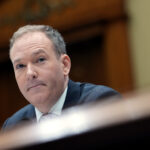




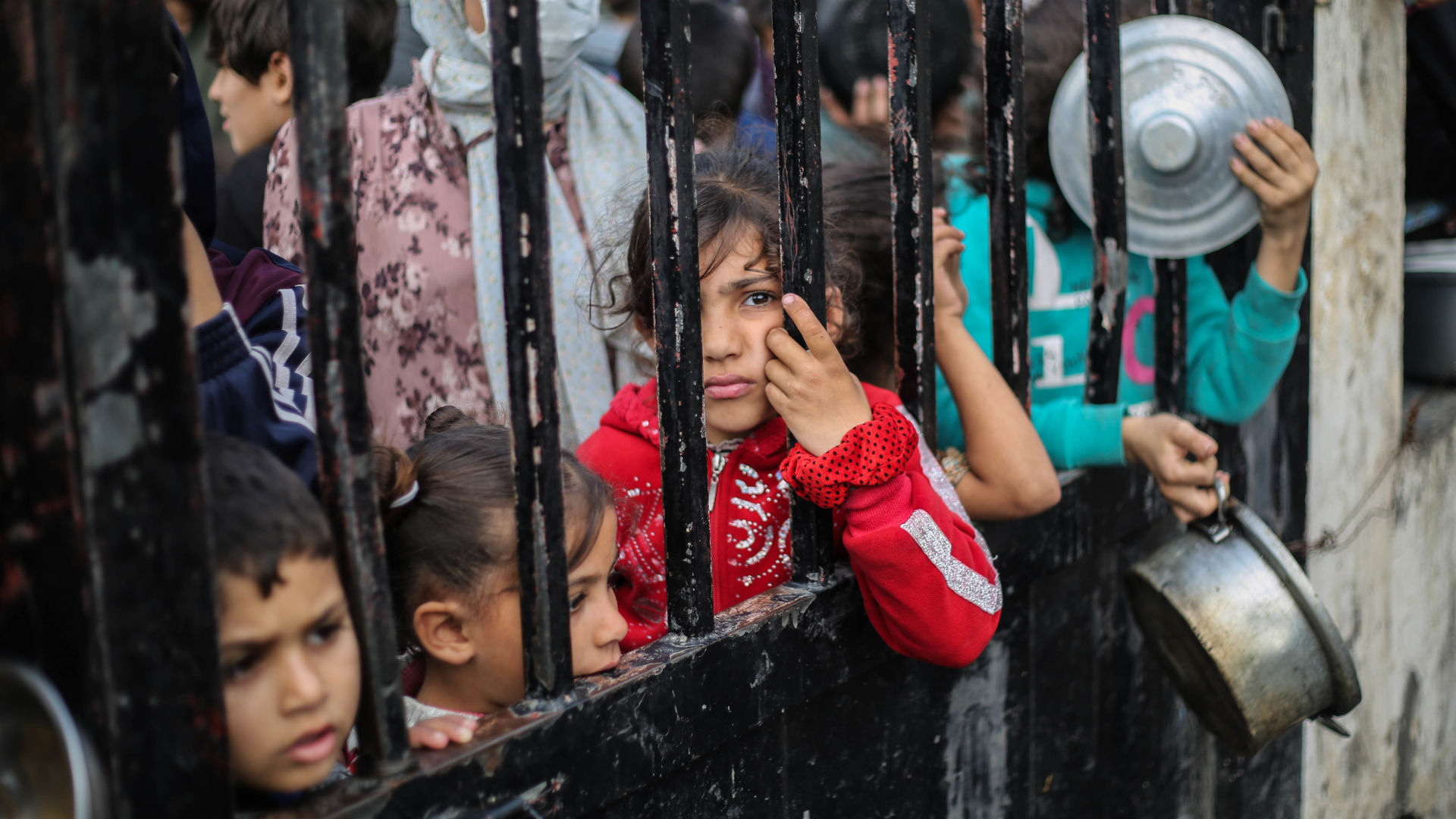
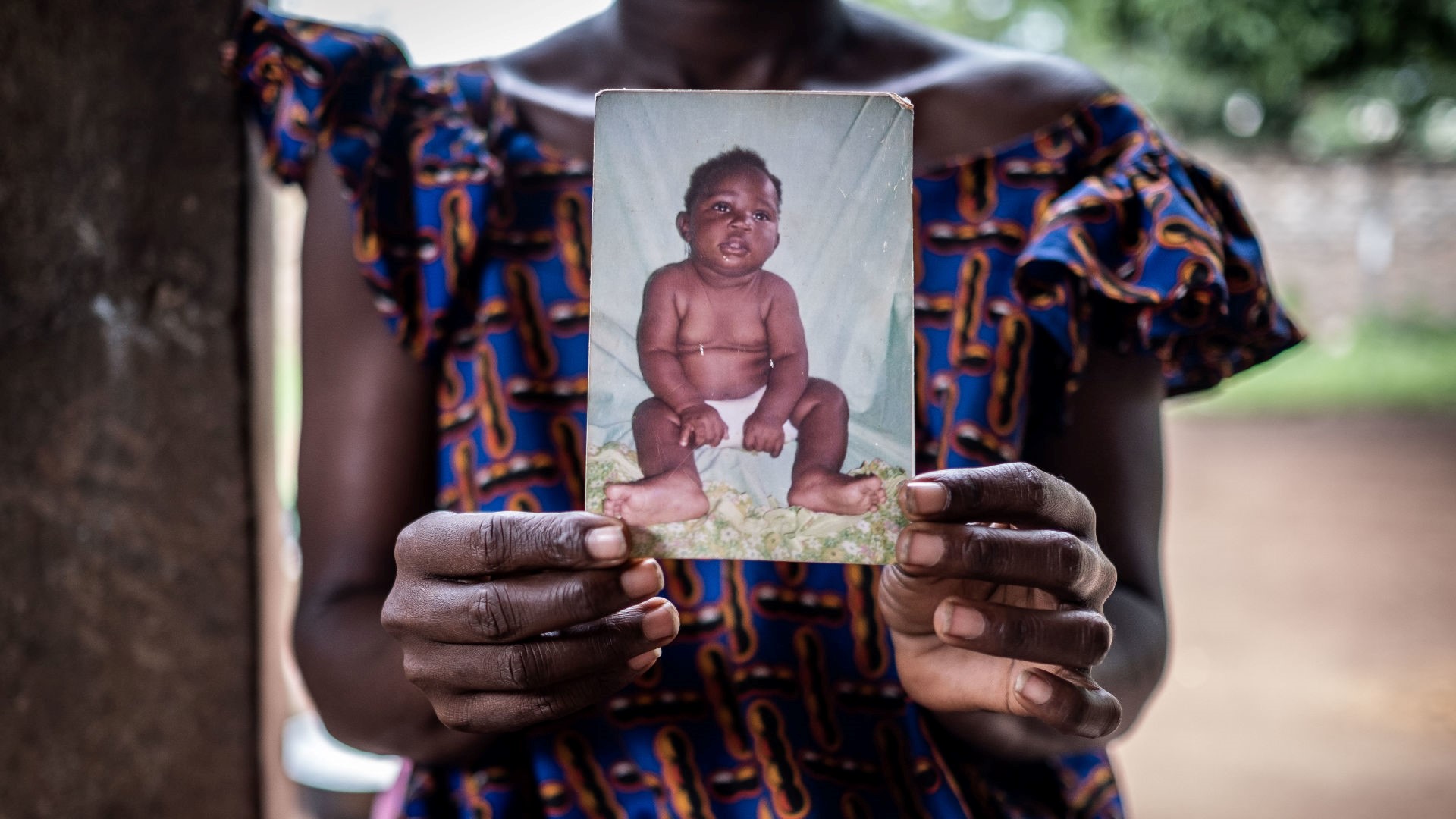
Not mentioned: the environmental impacts of colonizing forces destroying peoples’ homes and cities. Buildings in Gaza often contain asbestos. So we can pretty much guarantee that Palestinians are going to experience high rates of birth defects and cancer in the coming years (if the US and Israel even allows Palestinians to survive at all).
Agent Orange tainted the soil and water in Vietnam so badly that children are still being born severely disabled today.